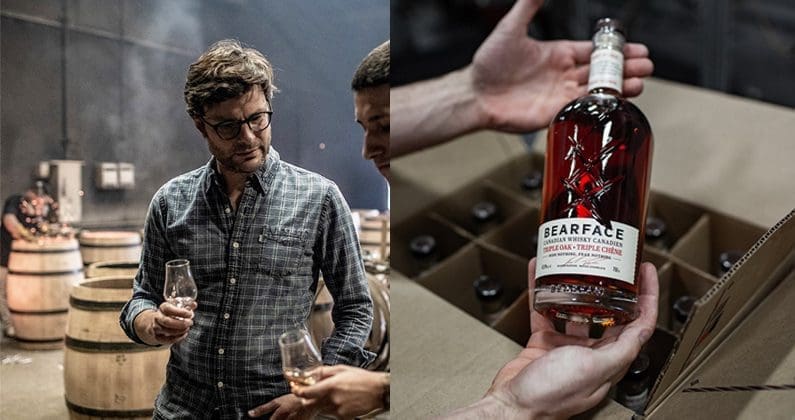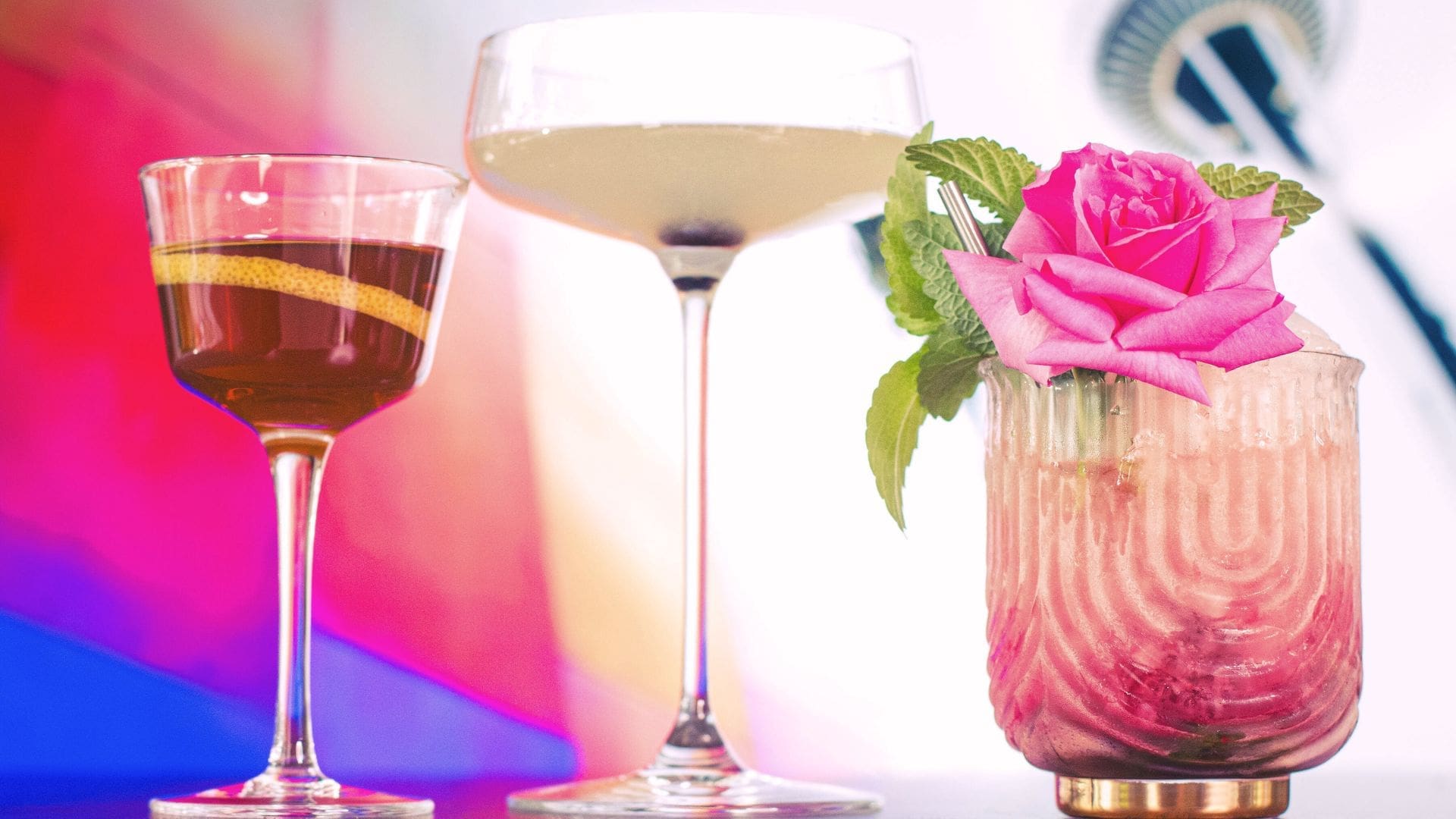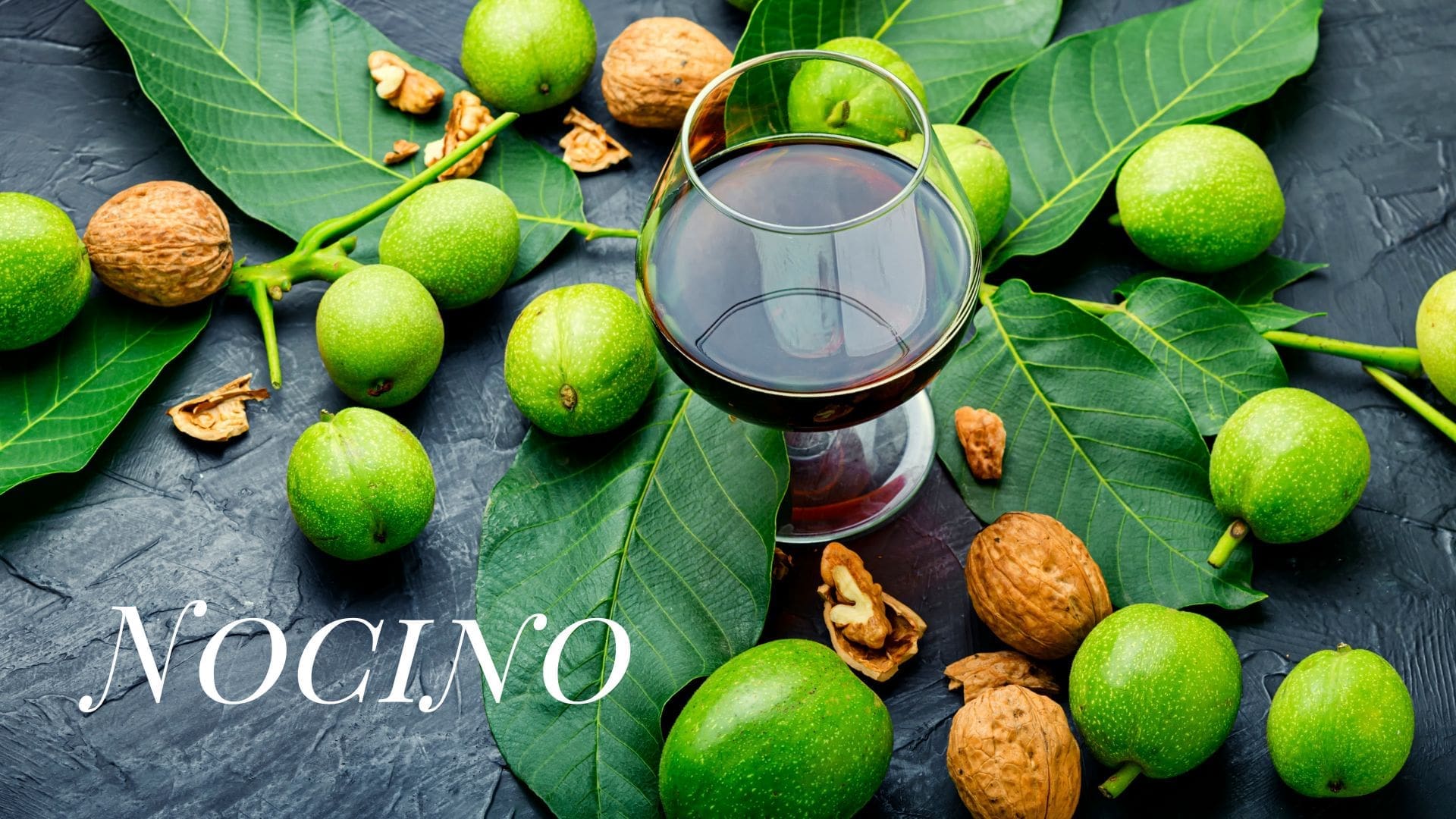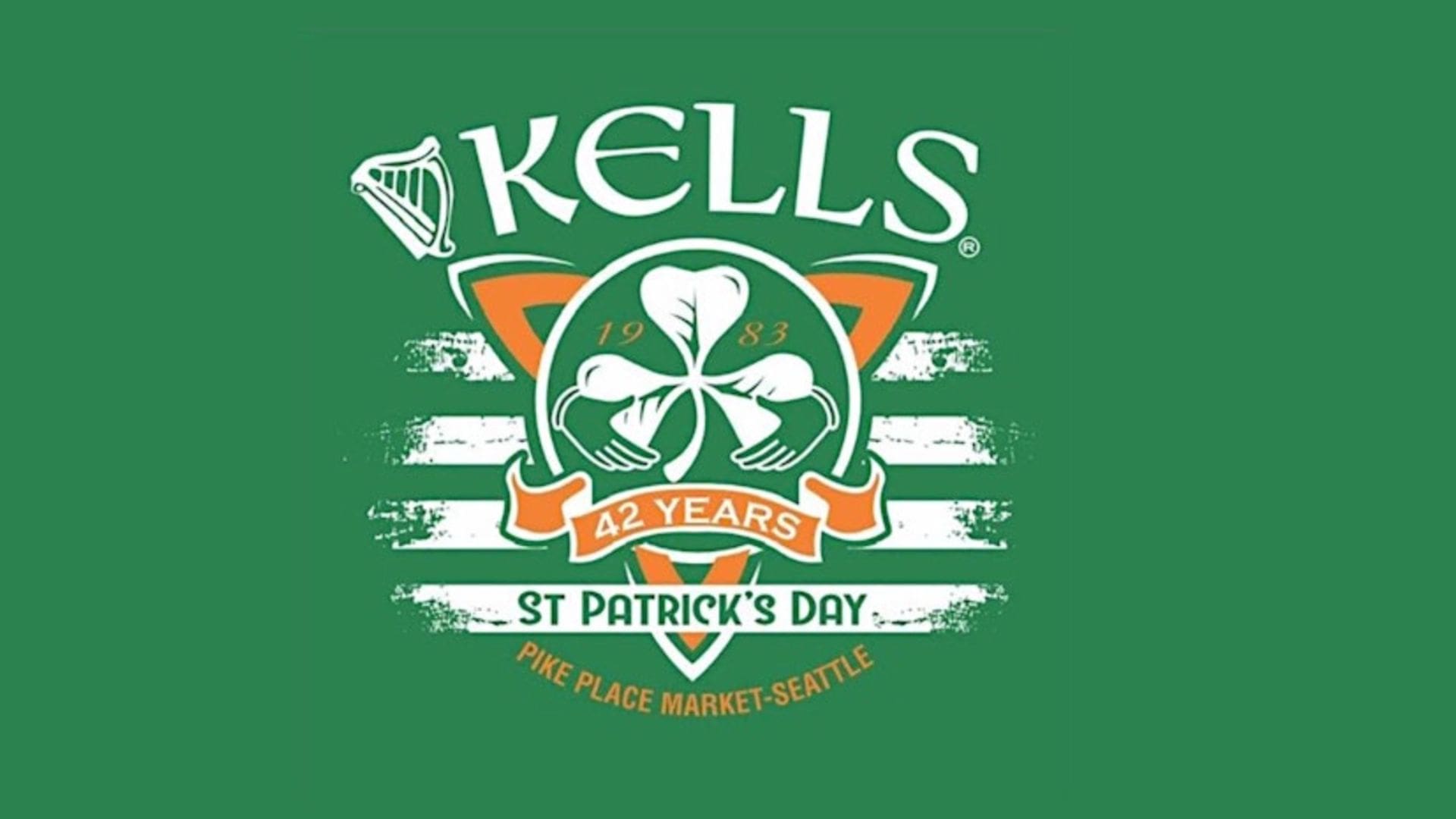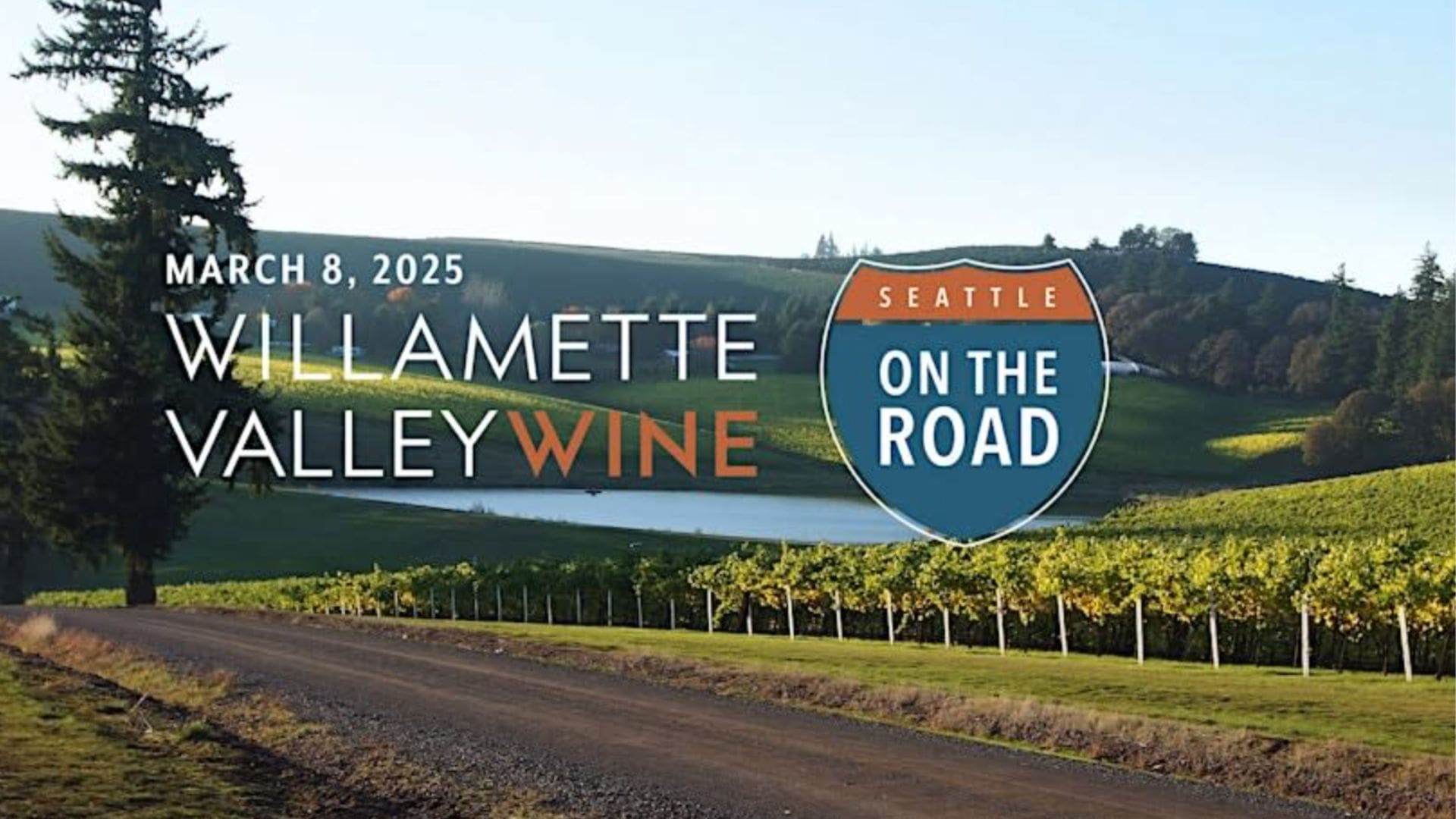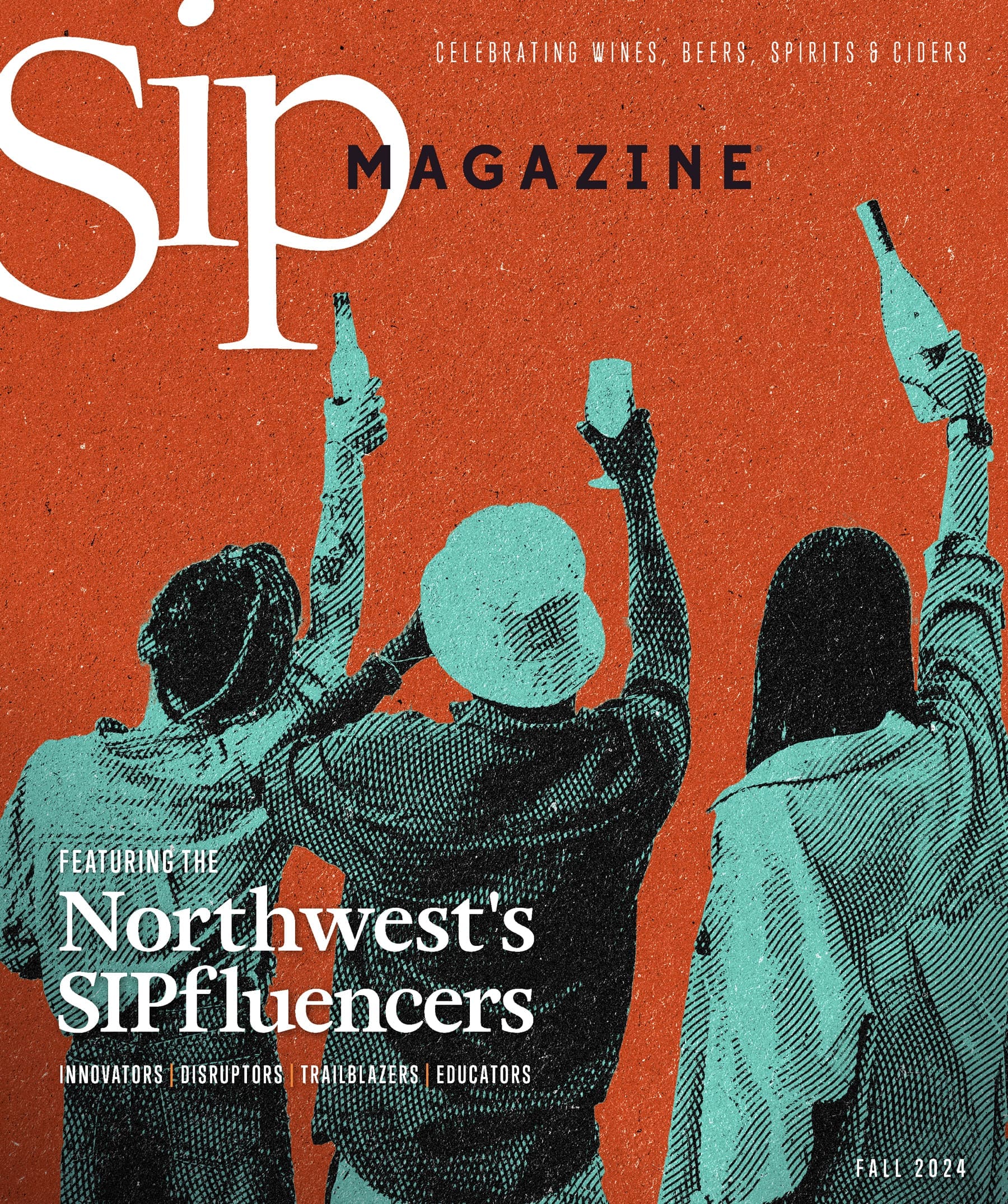Before he was settling on an aging program that married oak varieties from either side of the Atlantic Ocean, Andres Faustinelli was simply interested in beer. He zig-zagged through the many avenues of the beverage world before taking over as master blender for Bearface Spirits in Vancouver, British Columbia. Here, he talks texture, terroir and the trilogy he relies on for his game-changing whisky.
1) What distillers or labels do you look towards for inspiration?
My inspiration came directly from the incredible makers that I was able to meet during my very crooked spirit journey that took me from beer into rum, wines, agaves and whisky. Sometimes involving a winemaker or a cooper can at first seem unconventional for whisky, but it’s worth it, especially with Canadian whisky! Canada has the most innovation-driven whisky regulations in the world I really wanted to push the boundaries, while focusing on elevating the craft of Canadian whisky.
2) As a blender, what’s the most important part of the whisky-making process?
Oak delivers 100 percent of the color and 75 percent of the flavors in whisky. I truly believe in oak science when it comes to whisky. Oak quality and legacy — how that oak was seasoned, where it was seasoned, for how long, if it was toasted, charred or virgin, what liquid was in contact with it before, etc.. Blending those oak-infused whisky individualities is my ultimate challenge batch to batch. Blending is a fun and hands on fight each time.
3) How did you come upon the combination of Hungarian, American and French oak for aging Bearface?
I came up with this trilogy as a result of approaching whisky finishing as a chef would work layering flavors when thinking about a dish. American oak (e.g. bourbon) was needed to deliver a “whisky canvas,” with subtle honey and fruity notes allowing an easy mellow entry. French oak (e.g. Bordeaux-style wines) is there to build the mid-palate with lots of dry fruit, lovely cranberry acidity and lots of ruby colors. Hungarian oak (virgin and seasoned more than three years) is my finish and the backbone of the Bearface tannins, texture and spice.
4) Can you touch on the effects of aging the whisky in red wine barrels?
Each wine cask is an individual, not just carrying the profiles of the wines that were finished over three vintages but also showcasing variations of the toasting and the terroir of the regions it came from. A winery always sources complex and sophisticated combinations of origins and coopers. By bringing the whisky inside a winery — instead of shipping wine casks into a distillery — we approach wine cask finishing with the knowledge of the varietals and vintages behind each of them. The result is an incredible transformation of our 7-year-old whisky into a whisky that is rich in elegant, texturized oak notes but easy and approachable from the first sip.

